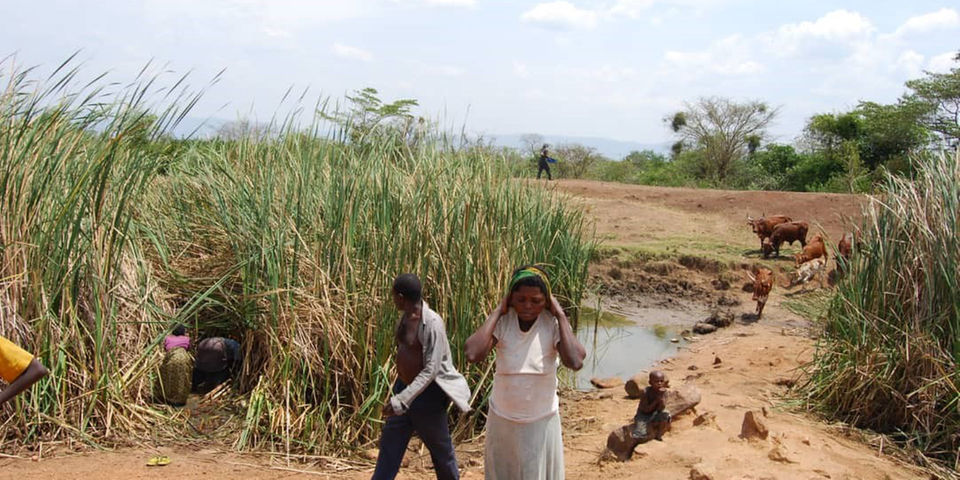Dry spell likely to continue till May – Climate prediction centre

By Mike Sebalu
The IGAD Climate Prediction and Applications Centre (ICPAC) has announced that below-normal rainfall is expected in most parts of the Greater Horn of Africa (GHA) over the next three months after almost three years of persistent drought conditions.
Delegates gathering in Nairobi, Kenya, for the 63rd Greater Horn of Africa Climate Outlook Forum (GHACOF 63) yesterday examined the forecast for the March to May 2023 season which points towards depressed rainfall and high temperatures.
In parts of Ethiopia, Kenya, Somalia, and Uganda that have been most affected by the recent drought, this could be the 6th failed consecutive rainfall season. The probability of drier-than-normal rainfall is also enhanced for parts of Rwanda, Burundi, eastern Tanzania, and western South Sudan.
On the other hand, wetter than normal conditions are expected over the cross-border areas of Ethiopia and South Sudan, north-western Kenya, and parts of central and southern Tanzania.
Warmer than normal temperatures are likely across the region, particularly over Djibouti, Eritrea, Sudan, north-western South Sudan, southern and north-eastern Ethiopia, northern Somalia, northern and western Kenya, and parts of south-eastern and western Tanzania.
According to Dr. Guleid Artan, ICPAC Director, the March to May season constitutes an important rainfall season, especially in the equatorial parts of the GHA where it contributes up to 60% of the total annual rainfall.
“Even if the general conditions for the season do not look favourable, people can still take advantage of rainfall. This is why I urge all to consult our weekly and monthly forecasts which have a high degree of predictability,” Artan said on Wednesday
ICPAC’s analysis indicates raised chances of a delayed start of the rainfall season (the “onset”) over north-eastern Tanzania and raised chances of an early onset over much of western South Sudan. Elsewhere, probabilities favour a normal onset timing, with delayed or early onset only in small pockets.







